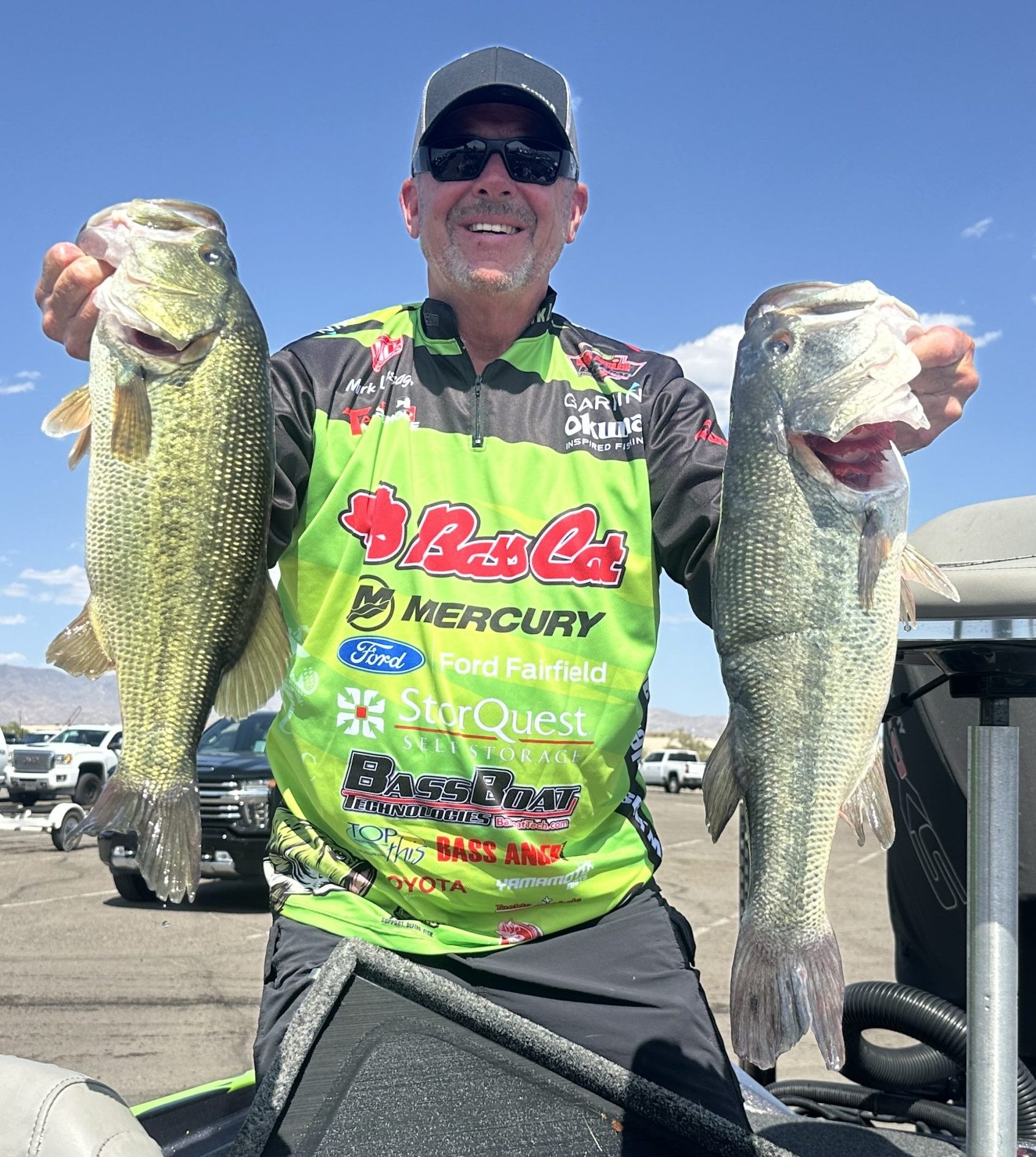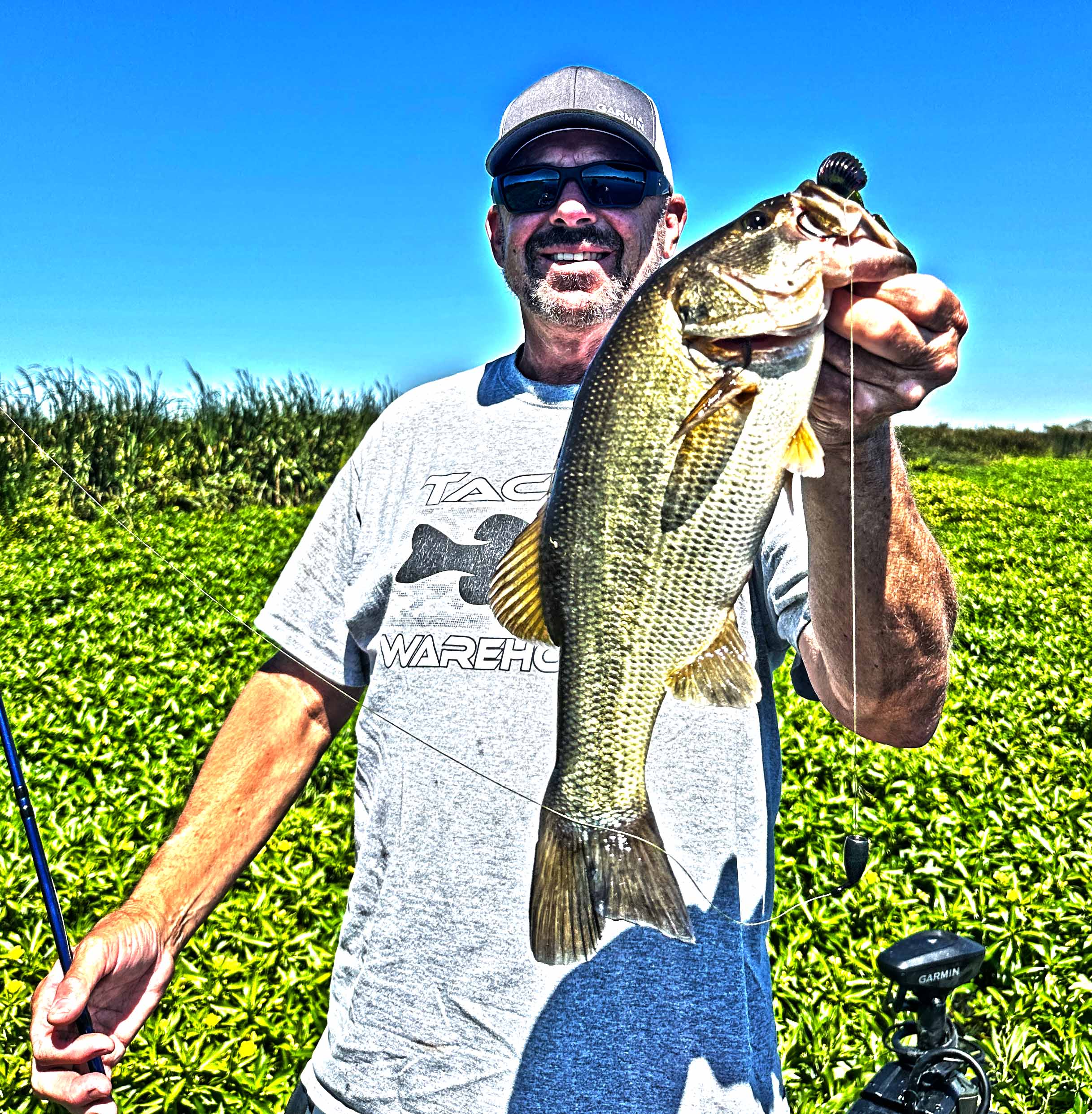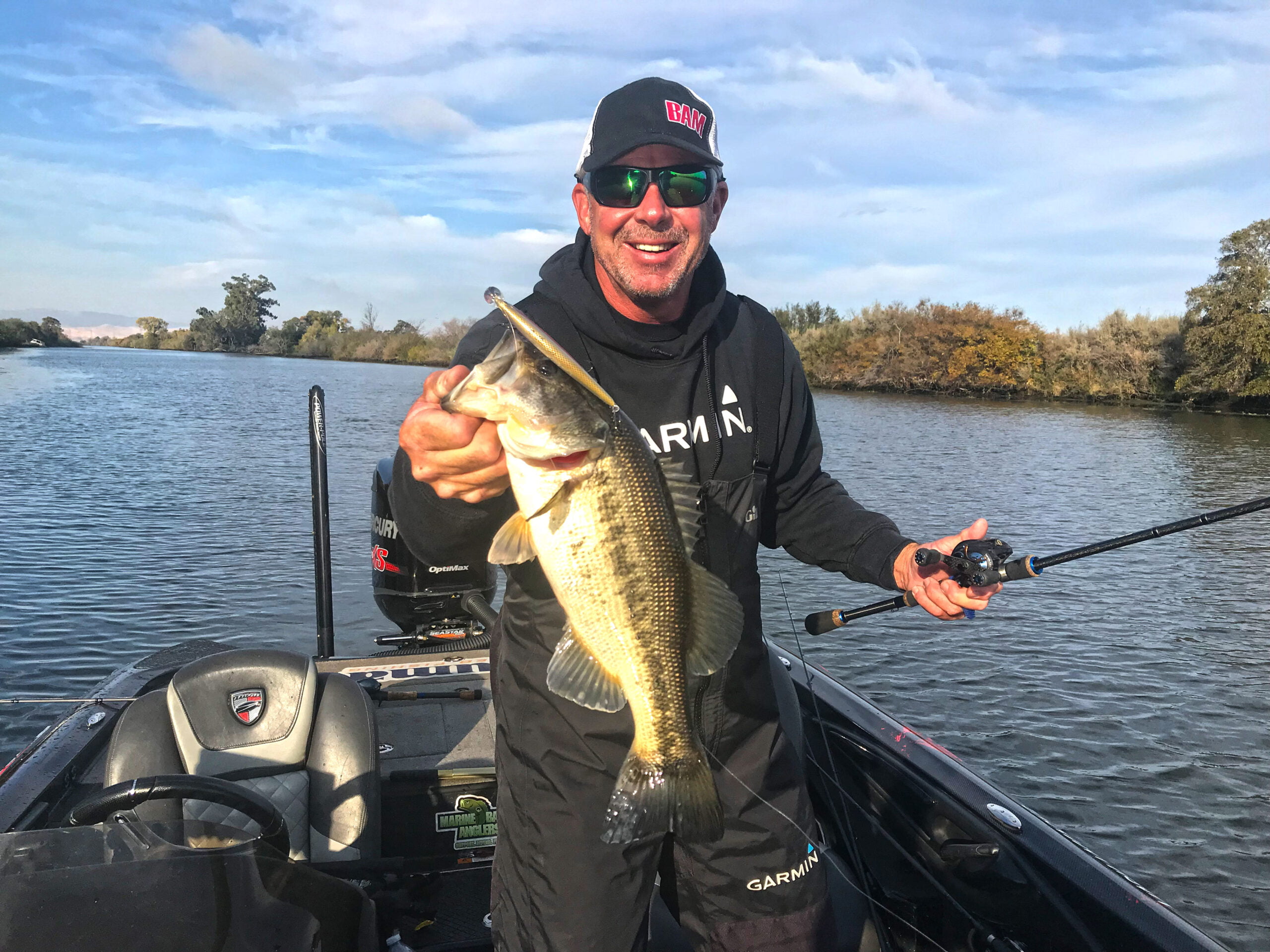 Starting with the punching technique for bass in heavy cover, especially when highlighting the use of specific gear like 65lb braided line, a tungsten weight and an Okuma TCS 7′ 11″ XH rod, involves understanding both the technique itself and the gear’s features. Mark Lassagne, a seasoned angler, provides valuable insights into mastering this technique. Here’s a general guide to get you started, emphasizing the points often highlighted by expert puncher Mark Lassagne:
Starting with the punching technique for bass in heavy cover, especially when highlighting the use of specific gear like 65lb braided line, a tungsten weight and an Okuma TCS 7′ 11″ XH rod, involves understanding both the technique itself and the gear’s features. Mark Lassagne, a seasoned angler, provides valuable insights into mastering this technique. Here’s a general guide to get you started, emphasizing the points often highlighted by expert puncher Mark Lassagne:
Understand the Punching Technique
> Punching is a heavy – cover bass fishing technique designed to penetrate dense vegetation (like Hyacinth) to reach bass hiding underneath. It involves a heavy weight, a stout rod, and a strong hook.
> The technique’s name comes from “punching” through the cover with your lure to get it into the spots where traditional techniques cannot reach.
Gear Up
> Rod: The Okuma TCS 7′ 11″ XH (Extra Heavy) rod is designed for this type of fishing. Its length allows for long casts and precise placements, while the extra>heavy action provides the power needed to handle big bass and heavy cover.
 > Reel: Pair the rod with a Okuma X Series high-quality baitcasting reel that can handle heavy braided line.
> Reel: Pair the rod with a Okuma X Series high-quality baitcasting reel that can handle heavy braided line.
> Line: Use heavy, Phenix Hydra 8 strand braided line, 65 lb braided line, to withstand pulling fish from the heavy cover.
> Lure Setup: Rig a bobber stopper like a 6 Sense Peg X, then heavy tungsten weight (1 oz or heavier) above a strong, straight shank hook Gamakatsu heavy cover tied with a Snell Knot. Choose a compact, penetrating lure like a Yamamoto Flippin Hog or craw to attach to the hook.
Technique Tips
> Casting: Learn to cast precisely and with enough force to penetrate the cover. It’s often a vertical presentation, dropping the lure straight down into pockets and holes in the vegetation.
> Retrieval: Once the lure breaks through the cover, let it sink to the bottom and engage the reel immediately once the lure touches bottom or stops. Bass often strike as the lure falls and many time is not detected until you lift the rod. If not bity on the fall, use three methods to entice a bite. One, lift and drop it slowly several times, two pull it to the top of the cover and shake it there for a few seconds and three keep casting. Punching is usually a reaction bite where the fish hit it on the fall where I’m generally covering water at a fast pace.
> Setting the Hook: When you feel a bite, a strong, fast hook set is crucial but don’t drop and set. When you feel pressure lift the rod at a rapid rate keeping pressure. The heavy gear is designed to pull fish out of heavy cover quickly, minimizing the chance of getting snagged.
Punch Practice
> Start practicing in areas with varying degrees of cover to get a feel for how the lure behaves and how much force is needed to penetrate the vegetation. To really learn the technique have only a punch set up or two on the deck and fish it all day in varying cover and conditions.
> Experiment with different weights and lures to see what works best in different conditions. Generally using the lightest weigh possible is best giving the fish another spit second to see the bait. However, I’ve had times where a 1 ¾ weight triggered bite when lighter options didn’t work.
Safety and Conservation
> Always be mindful of your surroundings and be very careful when pulling the rig out of the cover. A 1ox or more tungsten can hurt you or your equipment. The best advice is finesse it into the cover and finesse it out being mindful not to do any damage.
Mark Lassagne and other experts often emphasize the importance of practice, patience, and persistence in mastering the punching technique. Each element, from the gear selection to the technique’s execution, plays a crucial role in success. Engaging with content from experts like Lassagne, through articles, videos, or seminars, can provide additional insights and tips.





